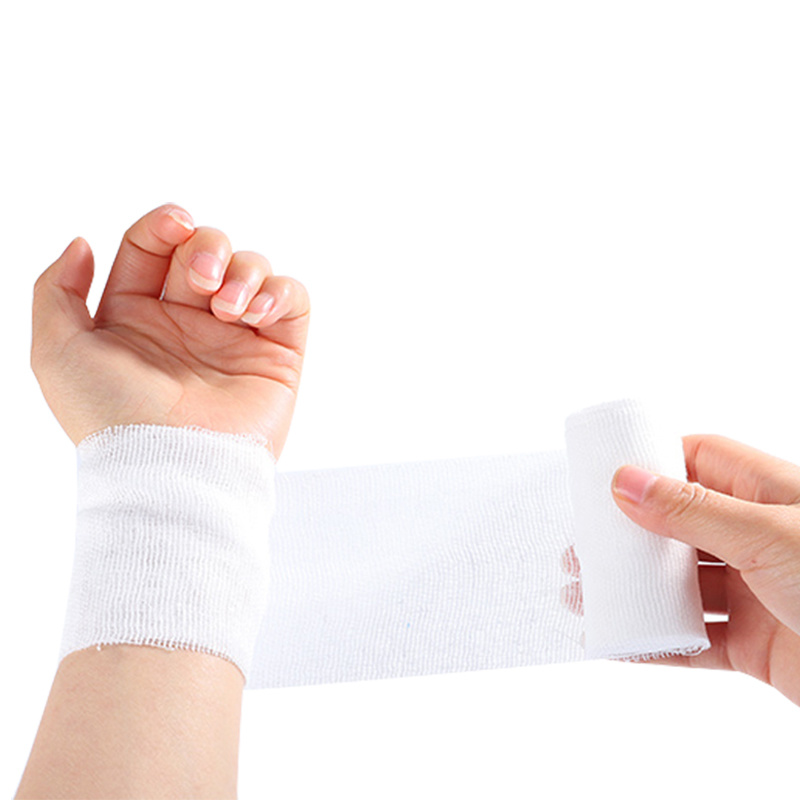The Comprehensive Benefits of Multi-Layer Dressing Bandage Rolls in Medical Treatment
Multi-layer dressing bandage rolls have revolutionized the landscape of wound management in medical treatment. With advancements in technology and materials, these bandages provide a robust solution for various types of wounds. Unlike traditional bandages, multi-layer dressings are designed to offer superior protection, enhanced absorbency, and better patient comfort. This article delves into the myriad benefits of using multi-layer dressing bandage rolls and their pivotal role in modern healthcare.
Understanding Multi-Layer Dressing Bandages
The Composition of Multi-Layer Dressing Bandages
1. Moisture-Retentive Layer: This is the innermost layer that directly contacts the wound. It is designed to absorb exudate while maintaining moisture, which is crucial for promoting healing.
2. Absorbent Layer: Positioned between the moisture-retentive and outer protective layers, this layer absorbs excess fluid, keeping the wound area dry and preventing maceration.
3. Protective Outer Layer: The top layer acts as a barrier against external contaminants, such as bacteria and dirt, while allowing for airflow to reduce the risk of infection.
The Healing Process: How Multi-Layer Dressing Bandages Facilitate Recovery
Wound healing is a complex biological process that can be significantly influenced by the type of dressings used. Multi-layer dressing bandages promote healing through several mechanisms:
Moisture Management
Maintaining a moist environment around the wound is critical. Multi-layer dressings help control moisture levels by absorbing excess exudate while keeping the wound hydrated. This moisture balance accelerates cell migration and reduces healing time.
Protection Against Infection
Infections can severely hinder the healing process. The protective outer layer of multi-layer dressings acts as a shield against pathogens while allowing the wound to breathe. This barrier significantly reduces the risk of infection, a common complication in wound care.
Pain Reduction and Patient Comfort
Pain management is an essential aspect of wound care. Multi-layer dressings are designed to minimize pain during dressing changes, providing patients with a more comfortable experience. The soft, flexible materials used in these dressings help reduce friction and irritation on the wound site.
Applications of Multi-Layer Dressing Bandage Rolls
Multi-layer dressing bandages are versatile and can be used in various clinical settings. Here are some common applications:
Chronic Wounds
Conditions such as diabetic ulcers, pressure sores, and venous leg ulcers can benefit significantly from multi-layer dressing bandages. Their ability to maintain a moist environment and absorb exudate is particularly beneficial in managing chronic wounds.
Surgical Wounds
Post-operative care often involves the use of multi-layer dressings to protect surgical sites. These dressings help prevent infections, absorb drainage, and promote healing, making them ideal for post-surgical applications.
Burns and Traumatic Injuries
Multi-layer dressing bandages are also effective in treating burns and traumatic injuries. Their cushioning and protective properties provide relief from pain and discomfort while facilitating the healing process.
The Advantages of Using Multi-Layer Dressing Bandages
The benefits of multi-layer dressing bandages extend beyond their structural attributes. Here are key advantages that make them an indispensable tool in wound care:
Enhanced Healing Times
Studies have shown that wounds treated with multi-layer dressings heal faster compared to those treated with traditional bandages. The optimal moisture balance and protection against infection significantly contribute to this accelerated healing.
Cost-Effectiveness
While the initial cost of multi-layer dressing rolls may be higher than traditional options, their advantages can lead to overall cost savings. Reduced healing times mean fewer clinic visits and lower treatment costs in the long run.
Ease of Use
Multi-layer dressing bandages are designed for ease of application. Healthcare providers can quickly and efficiently apply these dressings, saving valuable time in busy clinical settings.
Best Practices for Using Multi-Layer Dressing Bandage Rolls
To maximize the benefits of multi-layer dressing bandages, adhering to best practices is essential.
Choosing the Right Type of Dressing
Selecting the appropriate multi-layer dressing for the specific type of wound is crucial. Factors to consider include the wound's size, depth, and level of exudate. Consulting with a wound care specialist can ensure optimal selection.
Proper Application Techniques
Applying multi-layer dressings correctly is vital for their effectiveness. Ensure that the dressing is adequately sized to cover the wound without overlapping onto healthy skin. Secure the dressing without applying excessive pressure to avoid compromising circulation.
Regular Monitoring and Changes
Monitoring the wound’s condition regularly is essential for assessing healing progress. Depending on the exudate level, multi-layer dressings may need to be changed every few days or sooner if they become saturated.
Common Misconceptions About Multi-Layer Dressing Bandages
Despite their widespread use, various misconceptions about multi-layer dressings persist.
Myth: They Are Only for Severe Wounds
While multi-layer dressings are highly beneficial for severe wounds, they can also be used effectively for minor cuts and abrasions, providing protection and promoting healing.
Myth: They Are Too Expensive
Though the initial investment may be higher, the overall benefits and cost savings associated with faster healing times and fewer complications make multi-layer dressings a cost-effective choice.


评论
发表评论